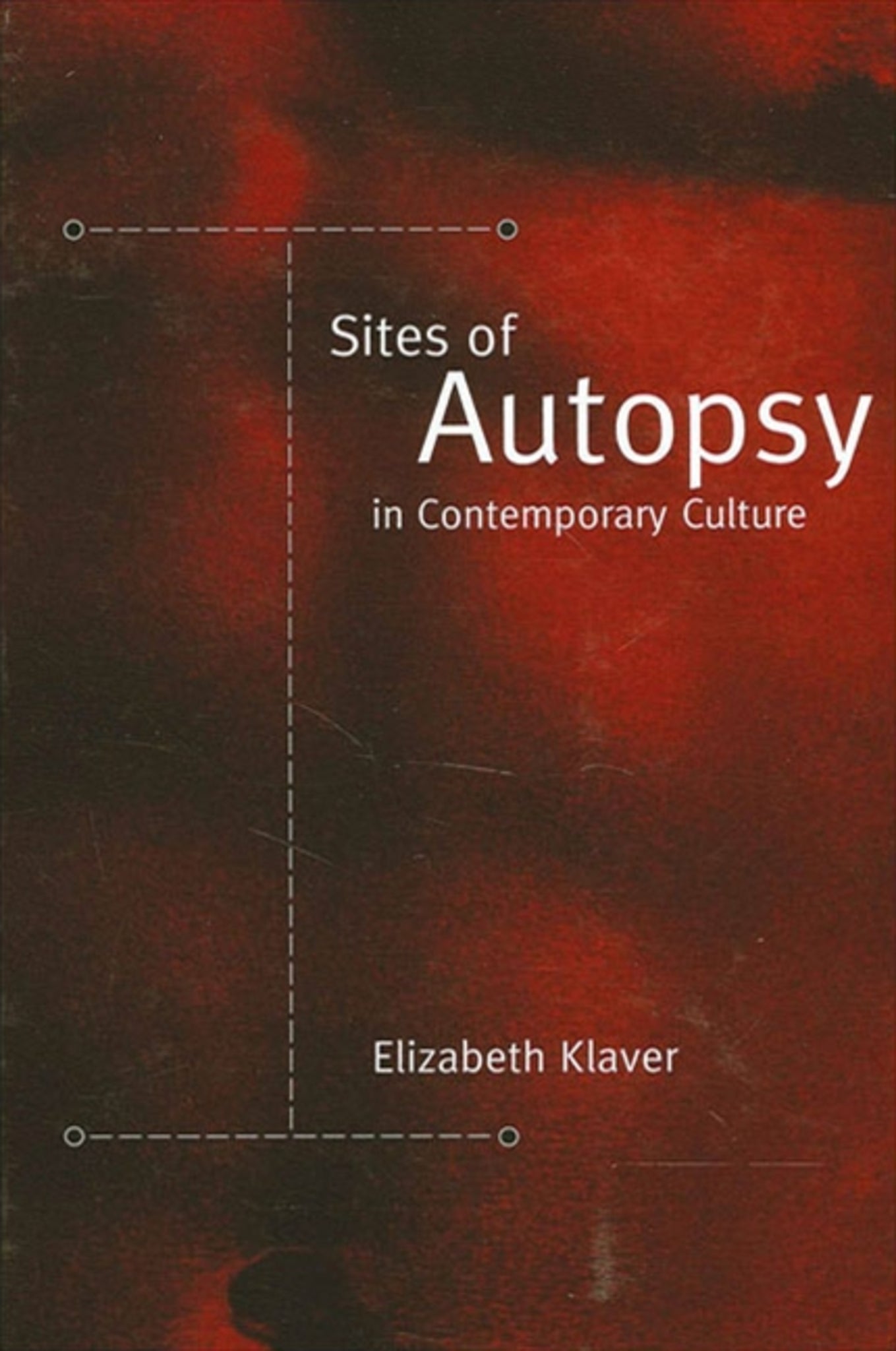We're sorry. An error has occurred
Please cancel or retry.
Sites of Autopsy in Contemporary Culture

Some error occured while loading the Quick View. Please close the Quick View and try reloading the page.
Couldn't load pickup availability
- Format:
-
14 April 2005

Explores the role and function of the autopsy in Western culture, from Rembrandt's The Anatomy Lecture to The X-Files and CSI.
In this compelling interdisciplinary study, Elizabeth Klaver considers how autopsies are performed in a variety of contexts, from the "real" thing in hospitals and county morgues to various depictions in paintings, novels, plays, films, and television shows. Autopsies can serve a variety of pedagogical, legal, scientific, and social functions, and the autopsied cadaver, Klaver shows, has lately become one of the most spectacular bodies offered up to the public on film, television, and the Internet. Setting her discussion within the history of the modern autopsy, and including the narrative of her own attendance at a medical autopsy, Klaver makes the autopsy readable in a number of diverse venues, from Rembrandt's The Anatomy Lesson and Vesalius's Fabrica to The Silence of the Lambs, The X-Files, and CSI. Moving from the actual autopsy itself to its broader symbolic ramifications, Klaver addresses questions as disparate as the social constructedness of the body, the perception and treatment of death under late capitalism, and the ubiquity of paranoia in contemporary culture.


List of Illustrations
Acknowledgments
Introduction
1. Autopsy: A Context
2. Performance, Autopsy, and the Performative
3. Autopsy and the Subject; or, What the Dead Saw
4. Autopsy and the Social: The Case of John F. Kennedy
5. Autopsy and the Popular
Afterword
Notes
Works Cited
Index



